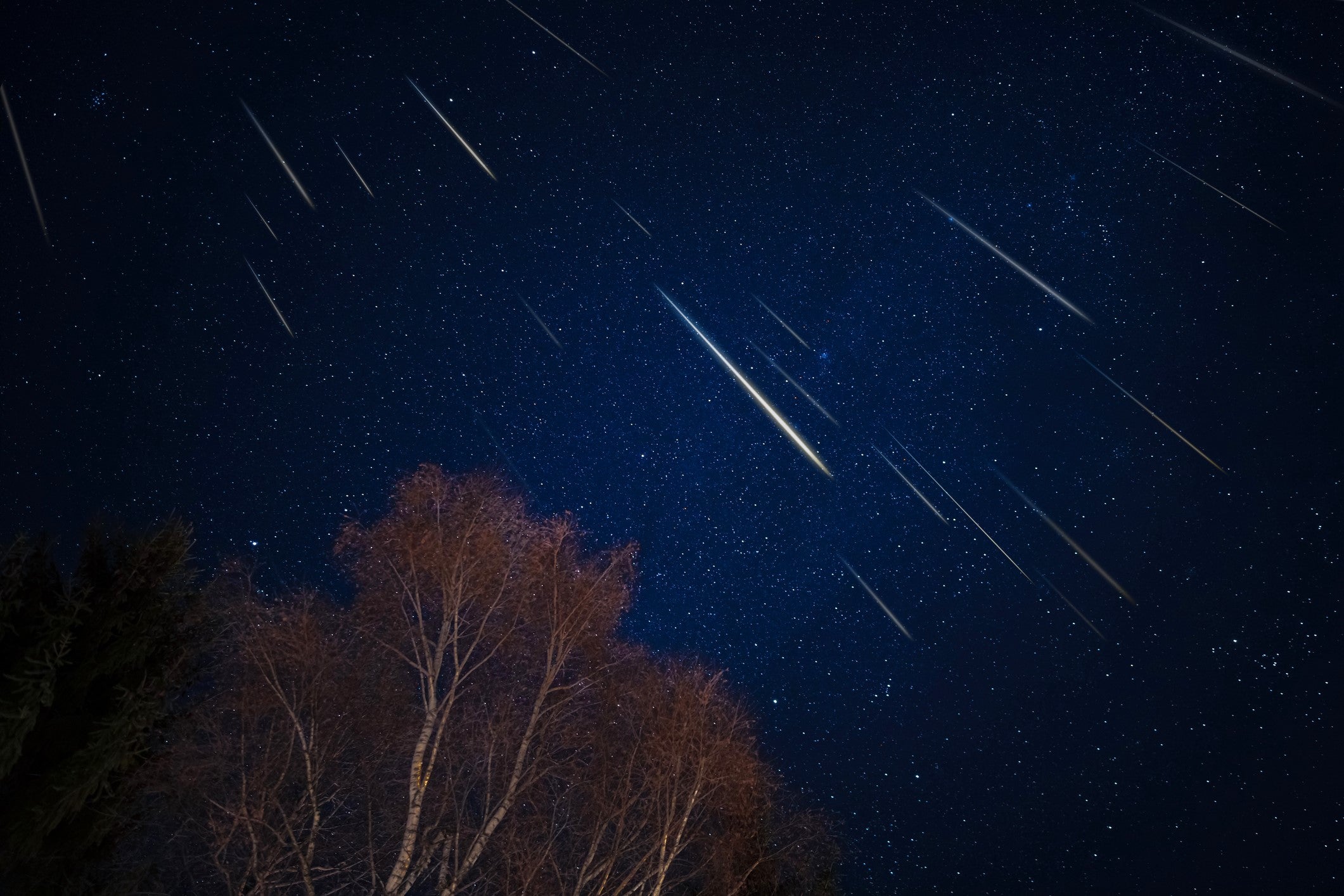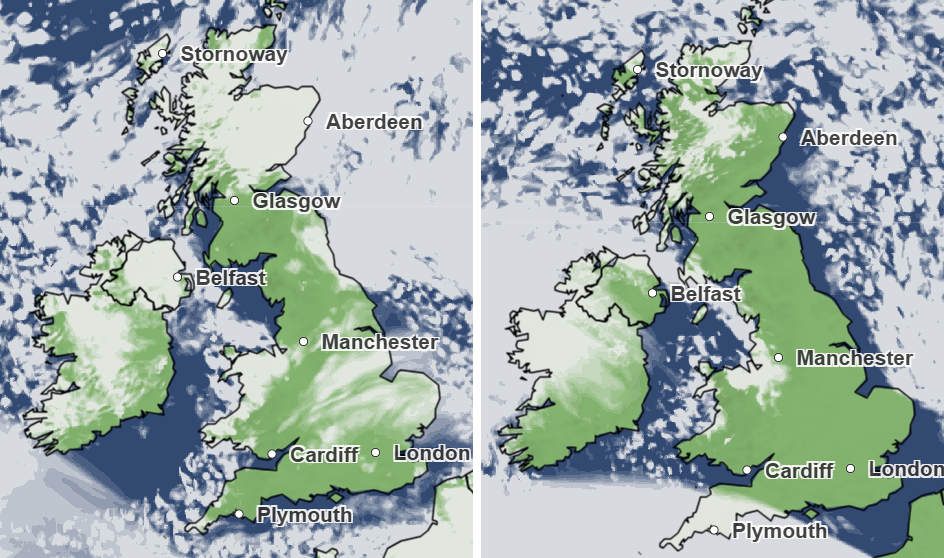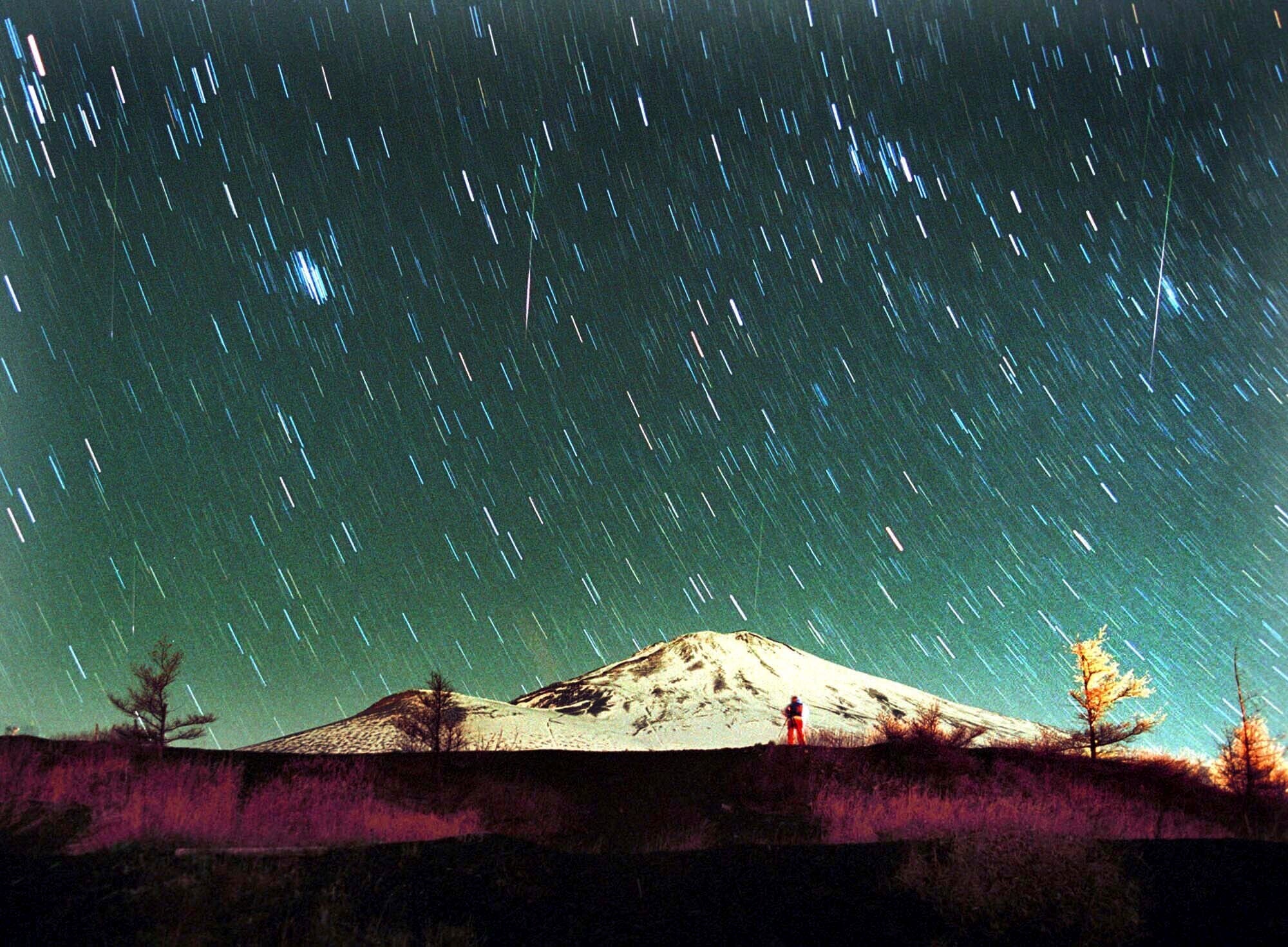Leonid meteor shower: Break in bad weather offers last chance to see ‘Earth grazer’ shooting stars
Nasa says to look out for ‘colourful’ shooting stars from the Leonids

People in the UK will be able to witness the tail end of the annual Leonid meteor shower on Tuesday and Wednesday night, according to the latest forecasts.
The Leonids peaked on Sunday night, however poor weather meant they were hidden behind clouds for most of the UK.
A supermoon full moon was also at its brightest over the weekend, further obstructing the Leonids.
Monday night will remain mostly cloudy, but a break in the weather on Tuesday – together with a waning moon – will offer a final chance to view the celestial spectacle.
The skies will clear even further on Wednesday night, the Met Office has forecast, offering a view of the shooting stars for most of the country.

The Leonid meteor shower will see up to 15 meteors shoot across the sky every hour, according to Nasa, with each space rock reaching speeds of up to 71 kilometres per second (44 miles per second).
“Leonids are also known for their fireballs and Earth-grazer meteors,” the US space agency notes on its website.
“Fireballs are larger explosions of light and colour that can persist longer than an average meteor streak. This is due to the fact that fireballs originate from larger particles of cometary material. Fireballs are also brighter... Earth-grazers are meteors that streak close to the horizon and are known for their long and colourful tails.”

The Leonid meteor shower is a result of the Earth passing through the debris cloud of the comet Tempel-Tuttle. The display gets its name from the constellation Leo, from which the shooting stars emanate in the night sky.
The best chance to see the Leonids will be at around midnight, in an area with low light levels of light pollution.
Nasa astronomers also advise hopeful skygazers to allow at least 30 minutes for their eyes to adjust to the darkness in order to see the meteors.
Another chance to witness a major meteor shower will come on 12 December, when the annual Geminids will reach their peak.
Join our commenting forum
Join thought-provoking conversations, follow other Independent readers and see their replies
Comments
Bookmark popover
Removed from bookmarks